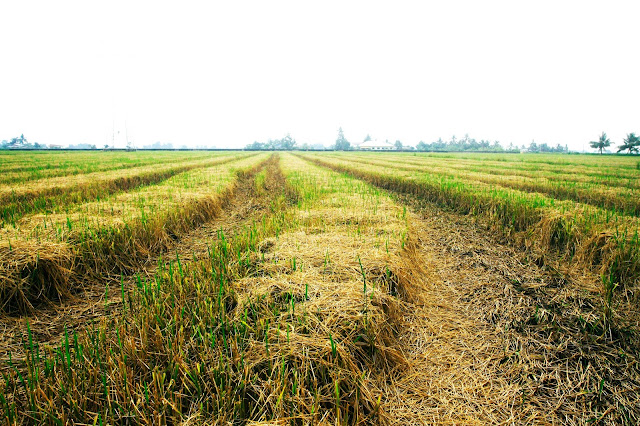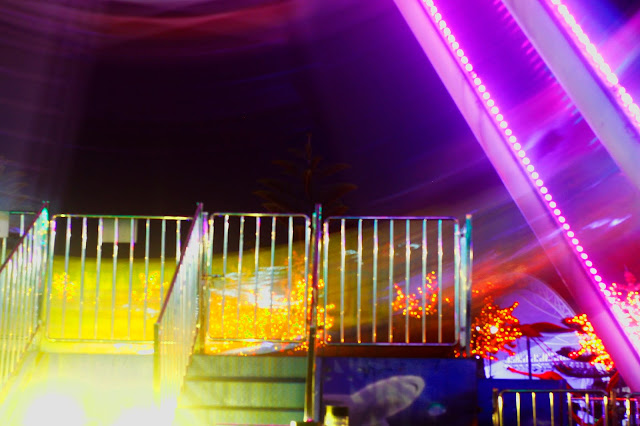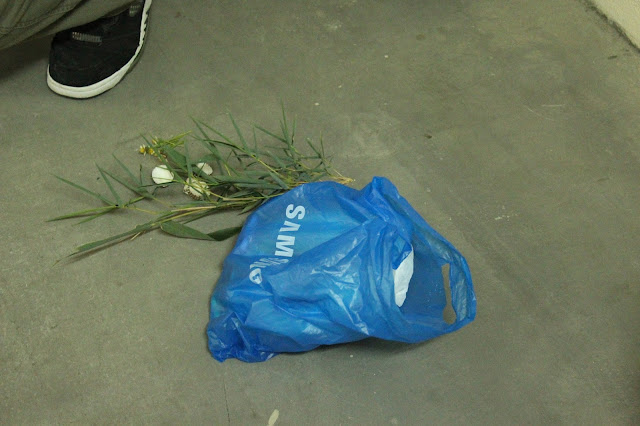Task 1: Introduction to photography
students need to do a research on the fundamentals of photography in terms of slide show and present among peers. Requirement included:
- Aperture
- Shuttermspeed
- ISO
WHAT IS APERTURE?
Aperture refers to an adjustable opening in your camera lens that is able to limit the amount of light passing through the lens and hitting the camera sensor. Just think of it like your eyes. When you open your eyes, light enters through your cornea, and is bent through the pupil, which is a round opening in the center of the iris. The iris and pupil works exactly like the aperture of a camera, controlling the amount of light being emitted.
Aperture refers to an adjustable opening in your camera lens that is able to limit the amount of light passing through the lens and hitting the camera sensor. Just think of it like your eyes. When you open your eyes, light enters through your cornea, and is bent through the pupil, which is a round opening in the center of the iris. The iris and pupil works exactly like the aperture of a camera, controlling the amount of light being emitted.
Aperture is referred to the lens diaphragm opening inside a photographic lens. The size of the diaphragm opening in a camera lens REGULATES amount of light passes through onto the film inside the camera the moment when the shutter curtain in camera opens during an exposure process. The size of an aperture in a lens can either be a fixed or the most popular form in an adjustable type (like an SLR camera). Aperture size is usually calibrated in f-numbers or f-stops. i.e. those little numbers engraved on the lens barrel like f22 (f/22),16 (f/16), f/11, f/8.0, f/5.6, f/4.0, f/2.8, f/2.0, f/1.8 etc. Each of this value represents one time the amount of light either more or less in quantity. Meaning to say, f/16 will let in 1X the amount of light than a diaphragm opening of f/22 and so forth; while on the other hand, an aperture of f/4.0 will let in 1X lesser than that of f/2.8 etc.
Aperture value(s):f/64, f/32, f/22, f/16, f/11, f/8.0, f/5.6, f/4.0, f/2.8, f/2.0, f/1.8,f/1.4 etc. (WE ARE HERE)Control via the lens section
WHAT IS SHUTTER SPEED?
WHAT IS ISO?
In traditional (film) photography ISO (or ASA) was the indication of how sensitive a film was to light. It was measured in numbers (you’ve probably seen them on films – 100, 200, 400, 800 etc). The lower the number the lower the sensitivity of the film and the finer the grain in the shots you’re taking.In Digital Photography ISO measures the sensitivity of the image sensor. The same principles apply as in film photography – the lower the number the less sensitive your camera is to light and the finer the grain.
Higher ISO settings are generally used in darker situations to get faster shutter speeds. For example an indoor sports event when you want to freeze the action in lower light. However the higher the ISO you choose the noisier shots you will get. I’ll illustrate this below with two enlargements of shots that I just took – the one on the left is taken at 100 ISO and the one of the right at 3200 ISO (click to enlarge to see the full effect)
(you can see larger sized images of both shots here for the 100 ISO and here for the 3200 ISO)
100 ISO is generally accepted as ‘normal’ and will give you lovely crisp shots (little noise/grain).
Most people tend to keep their digital cameras in ‘Auto Mode’ where the camera selects the appropriate ISO setting depending upon the conditions you’re shooting in (it will try to keep it as low as possible) but most cameras also give you the opportunity to select your own ISO also.
When you do override your camera and choose a specific ISO you’ll notice that it impacts the aperture and shutter speed needed for a well exposed shot. For example – if you bumped your ISO up from 100 to 400 you’ll notice that you can shoot at higher shutter speeds and/or smaller apertures
'Metering and Exposure'
students are required to produce three sets of image:
- three different exposures with the same subject matter taken from outdoor determined by shutter speed
- three different exposures with the same subject matter taken from outdoor determined by aperture
- three different exposures with the same subject matter taken from outdoor determined by ISO (remaining both the aperture and shutter speed, only change the ISO
APERTURE PHOTO
Aperture: f/3.5
Shutter speed: 1/10 sec
ISO: ISO -100
Aperture : f/ 7.1
Shutter speed: 1/10 sec
ISO: ISO-100
Aperture: f/18
Shutter speed:1/10 sec
ISO: ISO -100
SHUTTER SPEED PHOTO
Aperture: f/5
Shutter speed:1/10 sec
ISO: ISO -100
Aperture: f/5
Shutter speed: 1/30 sec
ISO: ISO-100
Aperture : f/ 5
Shutter speed:1/100 sec
ISO: ISO-100
Aperture: f/5
Shutter speed: 1/250 sec
ISO: ISO-1600
Aperture: f/5
Shutter speed: 1/150 sec
ISO: ISO -400
Aperture: f/5
Shutter speed: 1/250 sec
ISO: ISO- 100
Task 2 :' Depth of Field '
Students are required to create 4 different of photographs below :
> Great Depth of Field (5 image)
> Shallow Depth of Field (5 image)
This picture for Great Depth of Field
This picture for Shallow Depth of Field
slow shutter speed
Fast shutter speed
TASK 3 : COMPOSITION
NATURE
FINAL
PROGRESS
MAIN MADE
FINAL
PROGRESS
GROUP
TASK 4 : DOCUMENTARY IMAGE CAPTURE



























































No comments:
Post a Comment